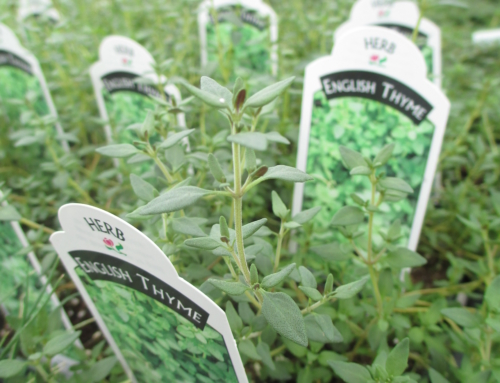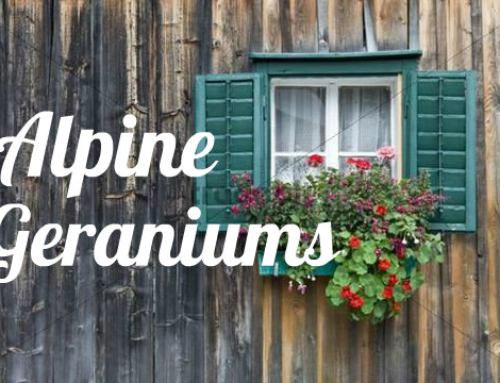Who says we’re in the “Summer Doldrums” (also known to beekeepers as the summer dearth)? OK, there aren’t as many shrubs and trees blooming now in mid-August as there were in the spring months, but there are some interesting and important trees flowering right now. Their importance is due to the fact that many pollinators, including honey bees, are looking for sources of nectar and pollen as they begin to prepare for winter. The three trees discussed here all supply food for pollinators at a time when there’s not much else available, until the fall goldenrod and asters kick into high gear later this month and into September. Seven Son Flower, Sourwood, and Bee Bee Tree are all flowering this week at Sprucedale Gardens Nursery in Woodstock, CT.
Seven Son Flower, with the not-so-easy to pronounce Latin name of Heptacodium miconioides, is a wonderful small tree or large shrub that can grow up to 12-15’ tall, either as a single stem plant or a multi-stemmed shrub. The clusters of white flowers are produced out on the tips of the new growth, and begin to open mid-August. Many species of butterflies and both native bees and honey bees will be attracted to them. While the flowers are both fragrant and showy, the plant puts on a second display after the blooms have faded. In late-September and well into October the calyx of each flower turns bright red and surrounds the purple-red fruit that forms. This “second season” can be just as colorful as the flowers.
Sourwood, also called Sorrel Tree, (Oxydendrum arboreum) is a native plant from Pennsylvania to Florida, but it grows quite well anywhere in southern New England (zone 5). It too has flowers that honey bees and other pollinators find irresistible. In some regions, Sourwood Honey is a local specialty. The white flowers are produced out at the tips of the branches, and resemble Lily-of-the-Valley flowers. While only lightly fragrant, they are great sources of nectar and will be buzzing with activity while in bloom. The fall foliage color is another outstanding feature of this tree, with crimson-red leaves as the temperatures drop in autumn. Sourwood trees can grow up to 50’ in a woodland setting, but usually mature at 30-35’ in the open landscape, and do well in our slightly to moderately acidic soil.


Bee Bee trees, also called Korean Evodia, are native to Asia but, but like many imported species, perform very well here in New England, and in fact are hardy to zone 4. The tree’s Latin name of Evodia daniellii was recently changed to Tetradium daniellii, but the important point is that regardless of the name, the honey bees and other pollinators love the flowers! A mature tree, with many flower cluster blooming in late July to mid-August, can be literally buzzing with honey bees. There is a specimen of this tree on the UConn campus in Storrs, CT, and although most of the flowers are somewhat high in the tree, you can nonetheless hear the bees as they forage for nectar. Growing 25-35’ at maturity, Bee Bee trees have no serious insect or disease problems, and are vigorous growing trees when young. They grow and flower best in full sun.


While the panicle hydrangeas and sweet pepperbush are blooming now as well – and our honey bees do love those flowers – along with the few perennials in flower during this time, the three trees mentioned here all deserve consideration as you think about planting for pollinators. Sourwood, Seven Son Flower, and Bee Bee trees are great selections for both honey bees and the beauty of our landscapes with their flowering and fall foliage characteristics. Stop by the nursery soon to catch the show on these late summer gems!
Paul Larson




